Bhutanese Food Dishes: Basic Overview
Common Ingredients
Common Cooking Methods
Courses
Meals
Key Taste
Eating Etiquette
Meal Presentation
Culinary Festivals
Influence and Fusion
Popular Types of Bhutanese Dishes
-
Stews
These stews are hearty and flavorful, typically featuring a base of chili, onions, tomatoes, and a variety of locally grown vegetables, with or without meat.
Given Bhutan’s cold climate, they are a source of warmth and comfort.
-
Dumplings
These are crafted parcels of dough filled with either vegetable or meat fillings.
The fillings are subtly flavored with spices and herbs, and the dumplings are then steamed or sometimes fried.
Bhutanese dishes are delights enjoyed for centuries by the people of Bhutan, a country in South Asia. They primarily feature local ingredients such as red rice, cheese, meat, and chili peppers. They are usually spicy.
These Bhutanese offerings show culinary influences from neighboring regions, especially Tibetan delicacies. Dishes from Nepal, China, and India also profoundly impact Bhutanese cuisine.
The country’s traditional food, global recognition, and health benefits are also worth learning. Plus, I’ll introduce you to 14 Bhutanese delights with various facts, such as their origins, dish types, main ingredients, etc.
Moreover, get ready for a comprehensive overview of Bhutanese cuisine with some suitable drink choices to go with the food.
So let’s discover these 14 Bhutanese delicacies to extend your menu.
14 Popular Bhutanese Dishes with Filters
While exploring these top 14 Bhutanese dishes, you can use a filter system to search for them based on dish types, tastes, key ingredients, cooking methods, and more.
I’ll also discuss some main features of gastronomy’s most popular, national, traditional, and street food categories.
Ema datshi, made with chili and cheese, is a national dish of Bhutanese cuisine.
Exotic dishes in Bhutan are marked by their love for intense flavors with a dominance of chili peppers, extensive use of dairy, especially from yaks, and a preference for red rice and buckwheat.
Ema Datshi
- National
- Traditional
Ema Datshi is a national spicy stew from Bhutan, crafted by boiling and simmering datshi cheese (a Bhutanese cheese) with hot chili peppers.
As a main course, ema datshi is best savored with Bhutanese-style red rice. Though the traditional version may include onions, they’re not a strict requirement.
Any cheese-based dish in Bhutan is often referred to as Datshi. Therefore, you may stumble upon versions replacing chilies with other ingredients. Examples are Kewa Datshi (with potatoes), Semchum Datshi (with beans), and Shamu Datshi (with mushrooms).
Ema datshi is one of Bhutan’s most beloved vegetarian options, which is also ideal for cool days.
Shakam Datshi
- Traditional
Shakam datshi is a traditional variant of ema datshi stew. Instead of being strictly vegetarian, this Datshi stew version brings in Shakam, a Bhutanese dried beef with a flavor similar to beef jerky.
This meaty stew also combines hot chili peppers and creamy datshi cheese, creating a richer, thicker stew. Like the plant-based version, shakam datshi goes well with red rice.
Zow Shungo
- Traditional
Zow shungo is a traditional Bhutanese rice dish combining red rice and leftover vegetables. This rice specialty is excellent at turning last night’s remnants into today’s main course or breakfast.
In fact, The name “zow shungo” translates to “mixed with vegetables,” which aptly describes this wholesome and nutritious dish. The vegetables can include anything readily available or harvested locally, such as spinach, radishes, potatoes, or chilies.
Momo
- Street Food
- Traditional
Momo is a dumpling popularly consumed in Bhutan. The fillings for momo are varied, encompassing meat (like pork, chicken, goat, or water buffalo), veggies (like cabbage), and optional cheese.
Steaming is the primary cooking method, but fried Momos are also common. Most often, locals enjoy Momos as a street food or snack in many restaurants served with the fiery ezay (Bhutanese chili sauce).
Hoentay
- Exotic
- Traditional
Hoentay is a traditional dumpling of Bhutan’s Haa Valley. The dumpling-style dish features a buckwheat dough wrapper, encasing fillings of spinach or turnip leaves mingled with cheese.
There are two main ways of preparing Hoentay: steaming and frying. They result in different textures.
Similar to Momo, Hoentay pairs brilliantly with the spicy Ezay. During the Lomba festival, which celebrates the local New Year, locals usually enjoy this kind of dumpling.
Shabalay
- Street Food
- Traditional
Shabalay (aka sha phaley or shabaley) is a beloved snack in Bhutan, though its origin is Tibet. Encased in a bread shell, shabalay stuffing consists of seasoned meat and cabbage.
Whether deep-fried or pan-fried, these Shabalay come in semi-circular or circular shapes like pot stickers. Shabalay is known for its crisp exterior and satisfyingly hearty filling.
Shakam Paa
- Traditional
Shakam paa is a traditional Bhutanese dish made from dried beef, radish, and dried chilies. Bhutanese people often prepare it in a pot to serve with rice.
The beef is preserved and dried beforehand, resulting in a slightly chewy texture reminiscent of beef jerky, yet a bit thicker.
Jasha Maru
- Traditional
Jasha maru (jasha maroo) is a traditional Bhutanese chicken stew characterized by its distinct ginger flavor and an aromatic ensemble of chicken, chilies, garlic, onion, ginger, and tomato.
All these ingredients are simmered together, with the chicken cut into small cubes. The result is a thick, sauce-like stew enjoyed with red rice. Jasha maru can also adopt a beefy twist for a different take.
Well-known as one of the spiciest offerings in Bhutanese cuisine, jasha maru is a healthy diet across Bhutan.
Phaksha Paa
- Traditional
Phaksha Paa is a Bhutanese stew traditionally combining dried pork with red chili peppers, mountain vegetables, and various spices.
This flavorful dish typically accompanies rice, salads, or Datshi-related dishes.
The vegetables in phaksha paa usually include greens, radishes, spinach, and turnips. Variations such as shakam paa, sicaam paa, and yaksha shakam offer even more ways to savor this versatile dish.
Datshi
- Traditional
Datshi is a time-honored Bhutanese cheese. This cottage cheese is created from cow milk via the traditional back-slopping method.
Datshi often appears in most Bhutanese curries and stews, including ema datshi, kewa datshi, and shakam datshi.
Datshi cheese has many varieties, like zoetay, a matured datshi made by storing fresh datshi at room temperature and widely consumed in this country.
Puta
- Traditional
Puta is a noodle staple in Bhutanese cuisine, particularly in Bumthang City. Bhutanese people prepare the noodles from buckwheat and either boil or stir-fry them. Typically, the noodles are offered to the gods and priests in many regions of Bhutan.
Locals elevate puta’s flavors with sauce, sautéed vegetables, eggs, and scallions. With a strong resemblance to Japanese soba noodles, puta is a delicious alternative to regular rice and noodle offerings made from all-purpose flour.
Juma
- Traditional
Juma is a familiar type of sausage in Bhutan with intestines casing. The filling is usually minced meat, like beef or pork, rice, and gentle spices such as Sichuan peppers.
Stir-fried or deep-fried, Juma is served cut into pieces and finds itself alongside stews or Ara (a Bhutanese alcoholic beverage). What’s intriguing about Juma is the distinct flavor profile each one carries, from a citrusy zing to a simple, meaty taste.
Goep
- Exotic
- Traditional
Goep is a Bhutanese dish that features thinly sliced tripe stir-fried with chili peppers and seasoned with local ingredients.
It’s enriched with datshi cheese, creating a creamy and spicy sauce that complements the texture of the tripe.
Locals typically savor this dish with nutty-flavored red rice.
Jaju
- Traditional
Jaju is a traditional Bhutanese soup crafted primarily from green leafy vegetables, milk, and butter, with the inclusion of cheese in some variations. Therefore, the soup has a creamy texture.
Common green vegetables are spinach or dried turnip leaves, locally known as “loam.” This soup holds deep cultural significance, especially in the autumn when turnip leaves are harvested, sun-dried, and stored for winter use.
The soup is especially prominent during events and festivals, where it complements a variety of main dishes, typically served with rice.
What Are Traditional Bhutanese Drinks?
Pairing dishes and beverages in Bhutan revolves around harmonizing the robust flavors of traditional Bhutanese cuisine with both alcoholic and non-alcoholic local drinks. Here are some suggestions on how to pair these traditional Bhutanese beverages with meals:
Now that you know these mouthwatering Bhutanese delights and ideal drinks to pair with them, share your thoughts in the comment section! Remember to share the articles with everyone! Thank you, and see you next time!



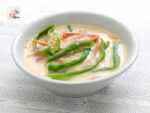
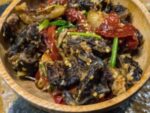
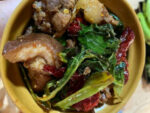
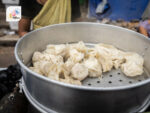
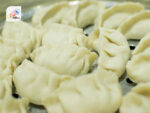
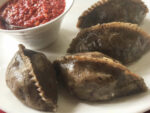
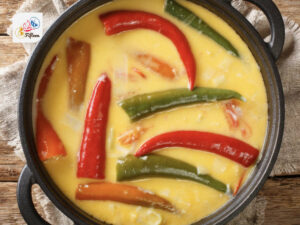
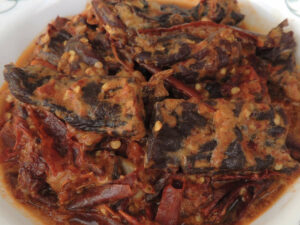
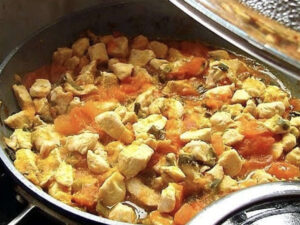
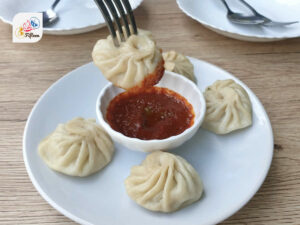
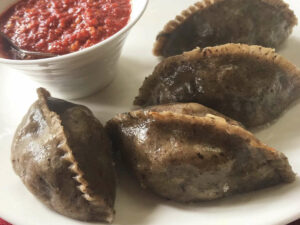
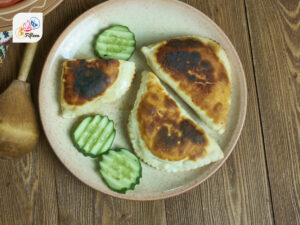
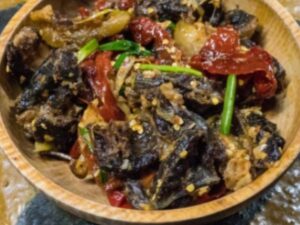
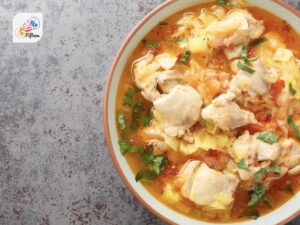
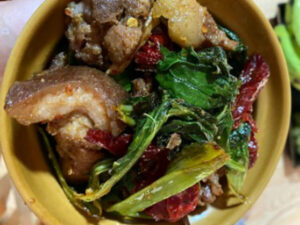

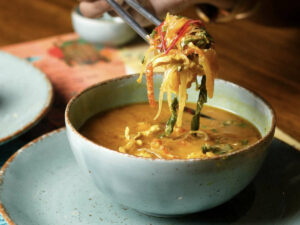
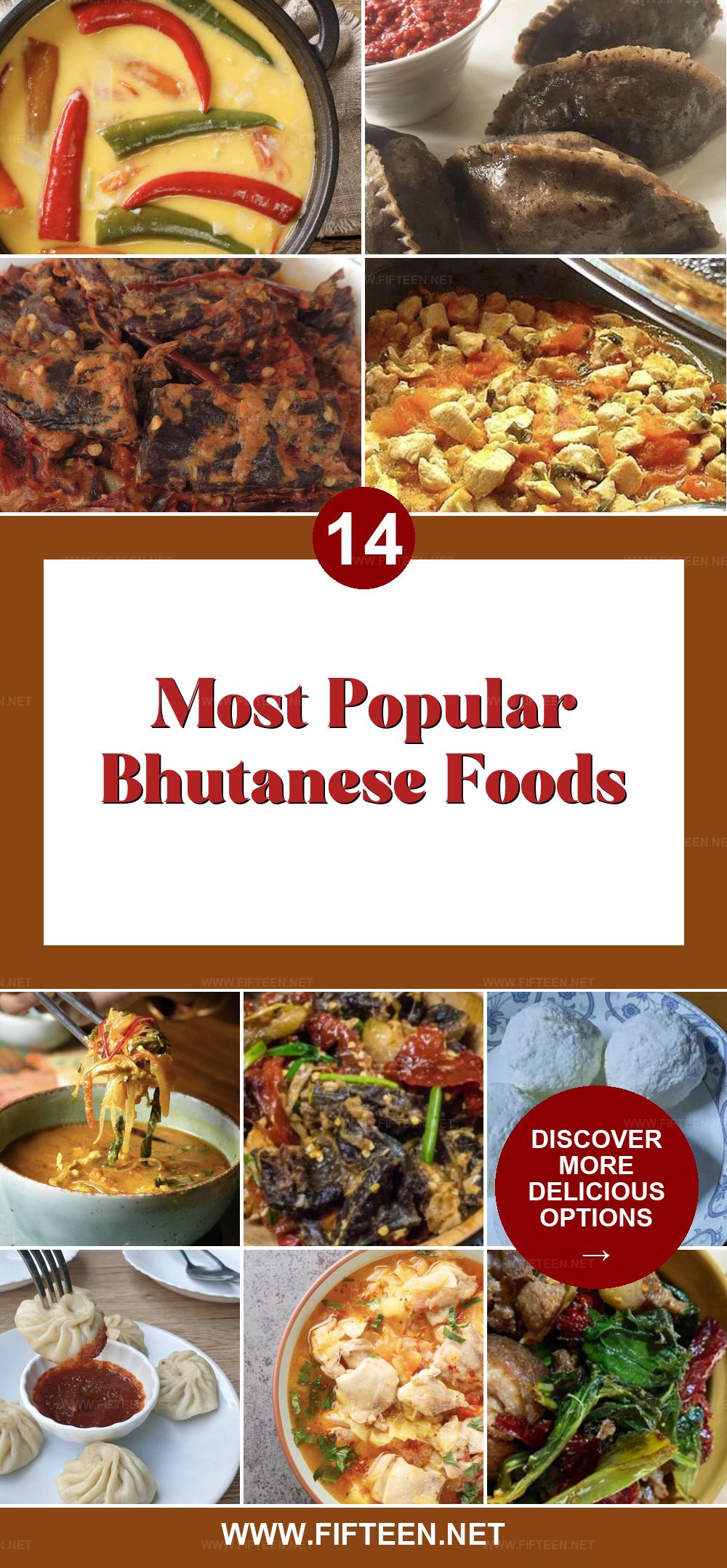
Jamie Scott
Editor in Chief, Senior Content Writer
Expertise
Home Cooking, Meal Planning, Recipe Development, Baking and Pastry, Food Editor, Cooking-video Maker, Western Food Evaluation Expert
Education
Le Cordon Bleu College of Culinary Arts
Local Community College, New York, NY
Jamie Scott is a skilled culinary expert and content creator specializing in Western cuisine. With over 15 years in the culinary field and formal training from Le Cordon Bleu, Paris, Jamie deeply understands how to blend nutrition with delicious flavors. His passion for cooking matches his commitment to making healthy eating accessible and enjoyable.
On Fifteen.net, Jamie brings a fresh perspective to classic dishes and beverages, offering readers insightful recipes, cooking tips, and a fresh view on meal planning that emphasizes taste, health, and simplicity.